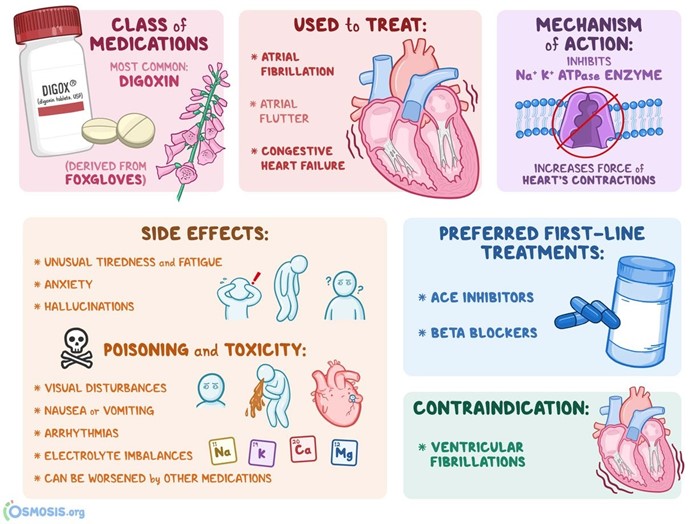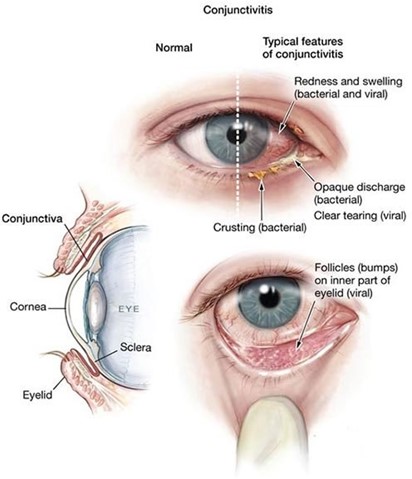The nurse is caring for an adolescent with type 1 diabetes mellitus presenting with an HbA1c of 11% (97 mmol/mol), thirst, and blurred vision. Which action should the nurse take first?
Review prior insulin prescriptions.
Obtain point-of-care glucose.
Assess urine for ketones.
Check blood pressure.
The Correct Answer is B
The adolescent's symptoms suggest that their blood glucose levels may be very high. Obtaining a point-of- care glucose reading is the first step in assessing the adolescent's current blood glucose levels and determining the appropriate course of action.
Reviewing prior insulin prescriptions, assessing urine for ketones, and checking blood pressure are also important interventions but should occur after the blood glucose level has been determined.
Nursing Test Bank
Naxlex Comprehensive Predictor Exams
Related Questions
Correct Answer is A
Explanation
For an eight-month-old infant with heart failure, the nurse should withhold digoxin if the infant's apical pulse is less than 90 beats/minute and notify the healthcare provider. In this case, the infant's apical pulse is 88 beats/minute, so the nurse should withhold the digoxin and notify the healthcare provider.
Furosemide ( B), hydralazine (C), and enalapril (D) do not have specific parameters for withholding based on the infant's vital signs.

Correct Answer is B
Explanation
When using an ophthalmic anti-infective ointment, it is important to prepare the child for blurry vision after ointment application. This is because the ointment can temporarily blur vision after application. It is important to follow the instructions on the medication label and continue using the ointment for the full course of treatment, even if symptoms improve before then ¹.

Whether you are a student looking to ace your exams or a practicing nurse seeking to enhance your expertise , our nursing education contents will empower you with the confidence and competence to make a difference in the lives of patients and become a respected leader in the healthcare field.
Visit Naxlex, invest in your future and unlock endless possibilities with our unparalleled nursing education contents today
Report Wrong Answer on the Current Question
Do you disagree with the answer? If yes, what is your expected answer? Explain.
Kindly be descriptive with the issue you are facing.
